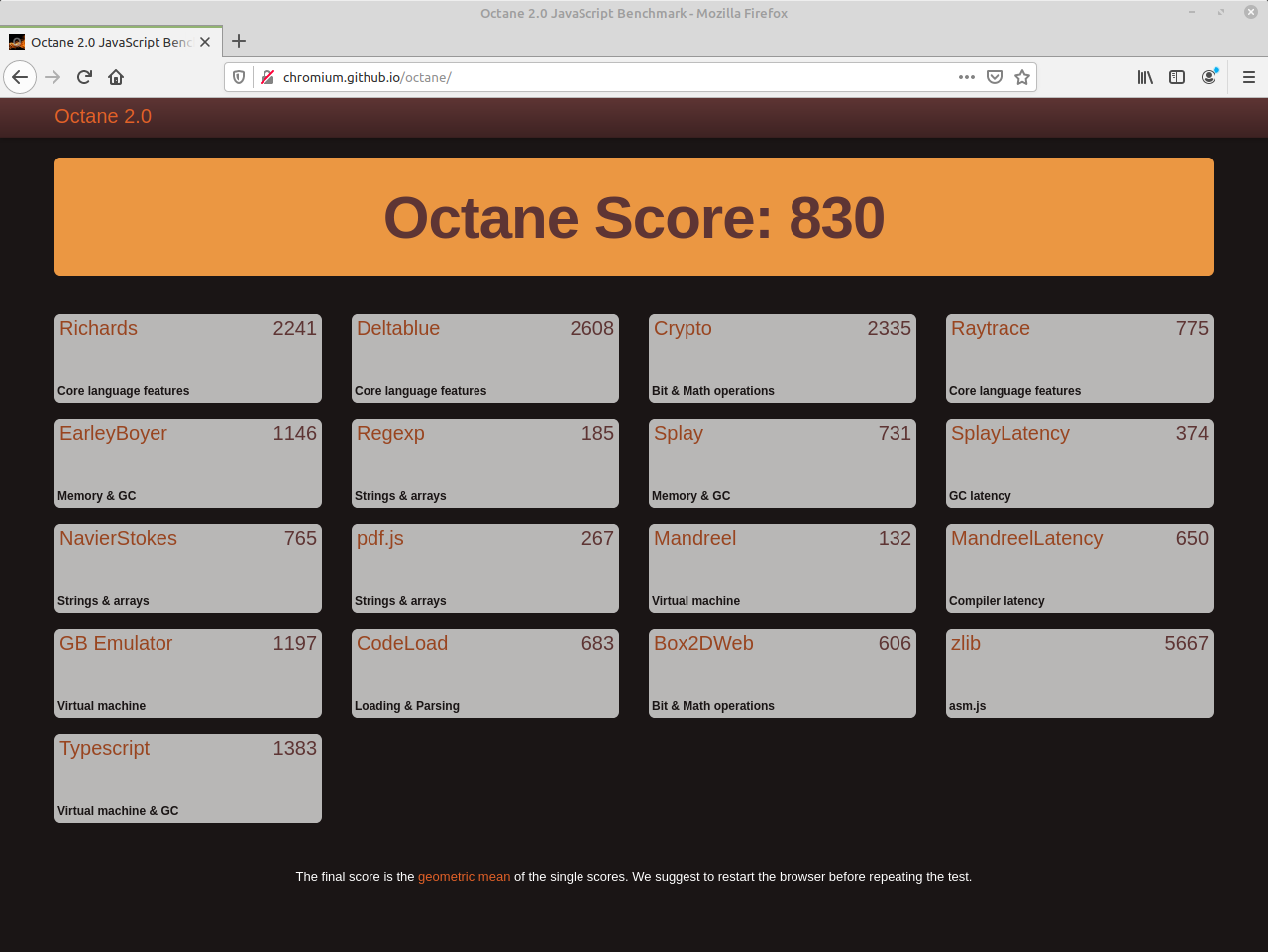Ghost blog running on a 15W computer
Repurposing an old, 15W consuming thin client to do server work
In a time when the cloud is king, it's strange to look back at old hardware and wonder if it can handle the mighty task of serving a web site.

How "old" is this hardware?
Well, how old is 8 years ago? In 2012, Fujitsu was presenting the Futro s550-2:
Low power consumption, no fans nor rotating drives make your system a reliable and quiet thin client.
Let me replace the "thin client" from that phrase with "webserver" and see if it holds water. Not that I care so much about soaking it since it was €25 on eBay.
This kind of money gets you an AMD Sempron 200U (1 GHz), 2GB DDR2-RAM and one 1GB CF-Card. The card I later replaced with a 16GB one. Look at it!

After turning it on all sides I plugged the cord and gently pushed the power button. Some front LEDs light up and the POST beep was heard. Time to play!
The OS
Linux it is. But which one since there are so many of them...
I've tried to flash and boot a lot of them, including the Chinese Deepin distro. The problem was that during install, they all choked when it was time to select the drive to install to. Since the drive was in fact... a card!
Linux Mint 19.3
This one did install on the 16MB CF card. The problem is that the performance of running some sort of UI is just lacking for this thin client. Take a look at the following benchmark results:

Enter OpenMediaVault, the specific image was openmediavault_5.3.9-amd64.iso that's 586.2 MB. This one installed without a glitch, but it serves no web pages other than its web administration UI. So let's take care of that.
In OMV, since you are already logged in to see if it works, take the time to install two plugins: OMV-Extras and flash memory. Watch this guy doing it and dare you not to laugh:
Now say goodbye to OMV since we just used it for other means. But first, create a user and add it to the groups adm, root, sudo, users. Go to Services and enable SSH. And before closing the door, switch the port in General Settings to 8080 since 80 is yours to have.
The Ghost blog
Wordpress, Gatsby, Ghost. Let's pick the last one since it's cute. And because I found a tutorial that works for Debian :) (remember OMV? it's Debian).
So now SSH to your server with the user you created and follow along the instructions of the excellent tutorial put together by Nicolas Abbal:
How to install Ghost on Debian 9, with NGINX and SQLite
I'll keep my fingers crossed and hope it was as smooth as it was for me to install it. Heck, I even took the plunge and restarted the machine to see if it works.
Oh, by the way, this post that you are reading comes from this low power, old and dusty computer that lives somewhere in the house. Stay happy!
[May 1st 2020 Update]
The webserver task is now provided by the former firewall, the Fujitsu Futro S900.



